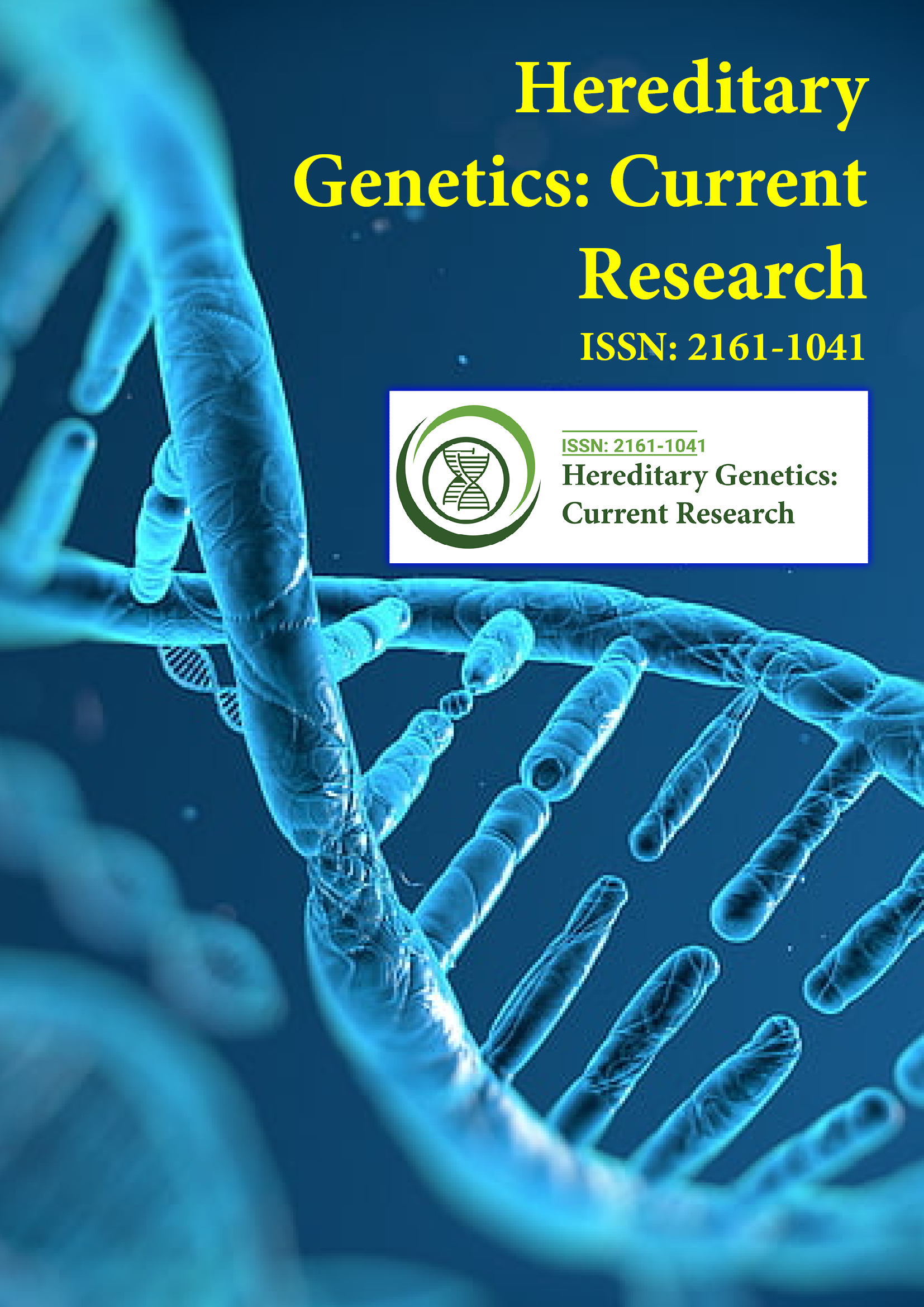インデックス付き
- Jゲートを開く
- Genamics JournalSeek
- サイテファクター
- レフシーク
- ハムダード大学
- エブスコ アリゾナ州
- NSD - ノルウェー研究データセンター
- OCLC-WorldCat
- パブロン
- ジュネーブ医学教育研究財団
- ユーロパブ
- Google スカラー
このページをシェアする
ジャーナルチラシ

概要
ヒト脊髄髄膜瘤の遺伝的複雑性
キット・シング・オーとホープ・ノースラップ
脊髄髄膜瘤 (MM) は、生存可能な最も重篤な形態の腰仙部開放性神経管欠損症 (NTD) であり、さまざまな程度の障害を引き起こします。米国では、出生児 10,000 人中約 4 人が罹患しています。米国で最も急速に増加している民族であるメキシコ系アメリカ人は、NTD の有病率が最も高く、次いで白人系アメリカ人です。MM の発生は、米国における重大な経済的および公衆衛生上の負担となっています。遺伝的要因と環境的要因の両方が MM の発症に寄与しています。NTD への遺伝的寄与は複雑です。マウスの突然変異体および系統には 205 を超える遺伝子座が関与しています。マウスの NTD の大部分は前頭 CNS に影響を及ぼし、二分脊椎のみを呈するものはごくわずかです。対照的に、ヒトにおける MM の発症における遺伝的変異性と分子メカニズムはほとんどわかっていません。MM への de novo 突然変異の寄与
ヒトにおけるMMの発症頻度は不明であり、MM患者のエクソームに存在する変異を特徴づけることで判定できる。エクソーム全体の配列解析は、大きな影響を及ぼす稀な変異やエクソームの変異の部位頻度スペクトル全体を発見し、疾患との関連性を確立するための費用対効果が高く効率的なツールである。さらに、MM患者のゲノム内の調節要素の配列解析により、神経管の正常な発達に重要な遺伝子の発現に影響を与える稀な変異を発見できる。
免責事項: この要約は人工知能ツールを使用して翻訳されており、まだレビューまたは確認されていません